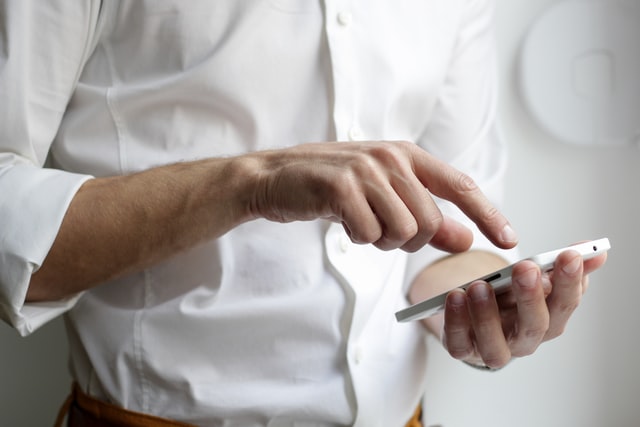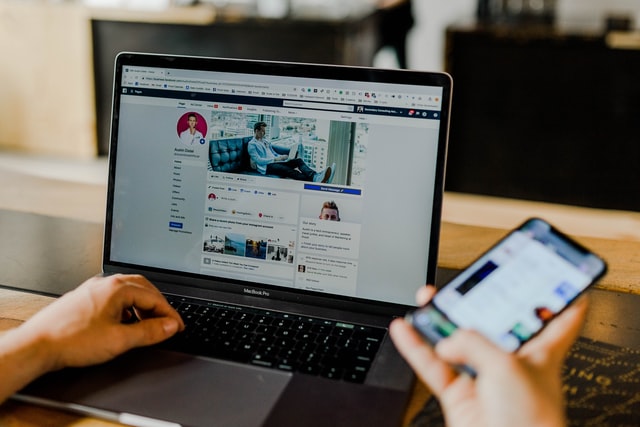If you have weak login credentials, you can consider yourself exposed to cyber attacks, phishing, or identity theft. Banks, credit card companies, even social networks these days started to use two-factor authentication. If you’re not quite sure how to use it, you should check how it works.
What is 2-factor authentication?
Two-factor authentication offers a higher level of security than just one-factor authentication, where the user provides only one factor, usually a password. The other factor is typically a fingerprint or face scan.
This makes it difficult for cybercriminals to attack the account and access it because knowing just the user’s password isn’t enough. This way of security is used to control access to sensitive data and systems.
2FA requires two ways to prove your identity and can also be used to protect different online accounts. It doesn’t provide perfect security and requires an extra step when logging in to accounts, but it secures your data.
Different factors of authentication
- The user’s knowledge; something that just the user knows, like a password or PIN.
- Something that the user possesses, ID card or smartphone.
- Personal characteristics; fingerprint reader, face, and voice recognition.
- The IP address or geographic location, such as GPS coordinates.
Smartphones offer a variety of options so you can choose the best one. In addition, many sites like Amazon, Google, and Microsoft include the ability to use SMS authentication. Twitter is the most prominent example of a place that forces you to use SMS.
Is it safe?
2FA improves security for sure. The access no longer depends just on the password. However, it has its weak side. For example, the account recovery process, or SMS authentication – it’s easy to use but also very vulnerable to cyber-attacks. SMS authentication is considered less secure. A hacker could intercept a text message or hijack your phone number. Or, if you sync text messages with your computer, a hacker could gain access by stealing your laptop. Biometric 2FA is considered pretty secure.
Most cyber-attacks are carried out via external internet connections. 2FA makes these attacks less threatening. Hacking a password isn’t enough to access someone’s account. It’s unlikely that a hacker can go through the other factor of authentication.
Similarly, 2FA prevents many hackers from targeting your account, and many will move on and find more accessible accounts to break into. If they are targeting you, they’ll need more than just a password. That means the hacker should have your phone or gain access to it.
Authentication app
The codes are sent directly to your phone at the current time. Codes expire quickly, after 30-60 seconds. The authentication app works even when you don’t have a cell phone service.
2FA statistics
Only 26% of companies use 2FA authentication. That’s unfortunately not the priority for companies in the USA. That’s why cybercriminals target them.
61% of people use the same passwords for more accounts. So hackers would try to reuse the same password more times.
81% of attacks are successful because of weak or stolen passwords.
Phishing emails are pretty successful without secondary authentication; they are successful 47% of the time.
8.5% of internet users get tricked by phishing emails.
Do I need an MFA?
Multiple-step authentication is more secure and harder to attack than an account with just a password. If you want your personal information to be safe, you should use MFA.



